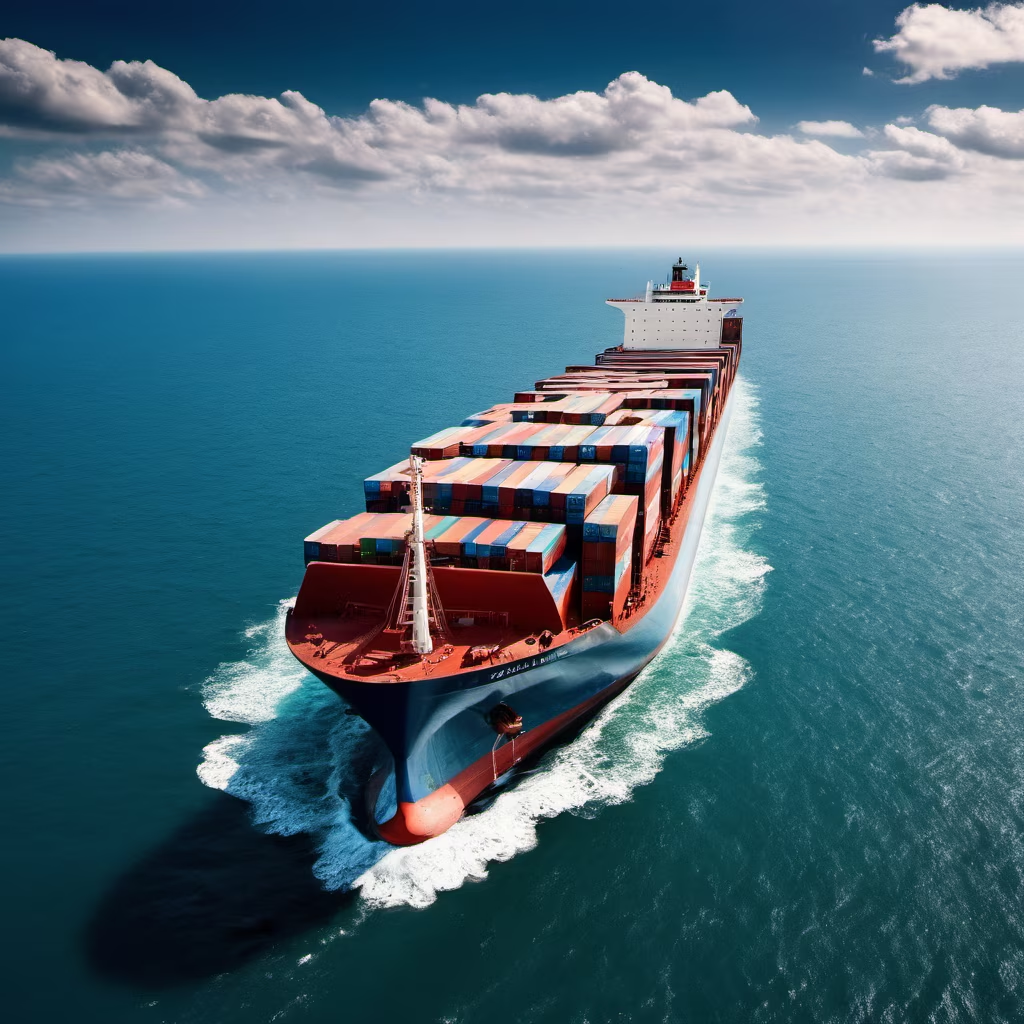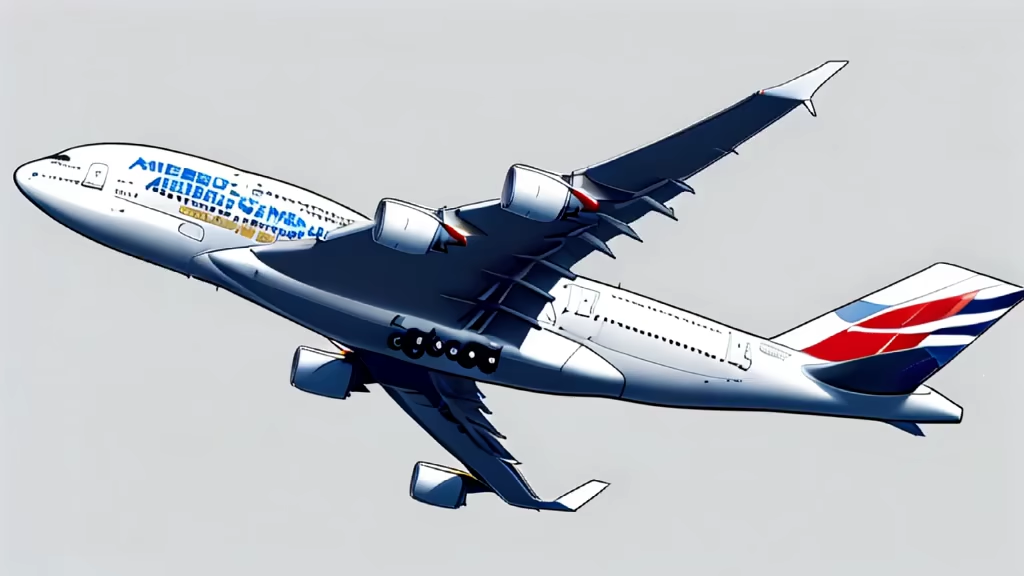







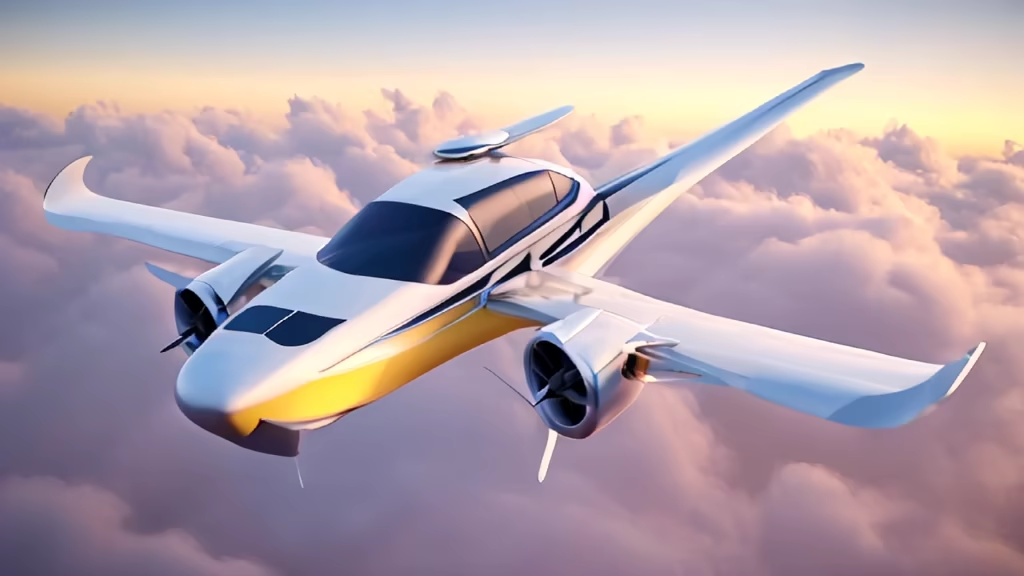

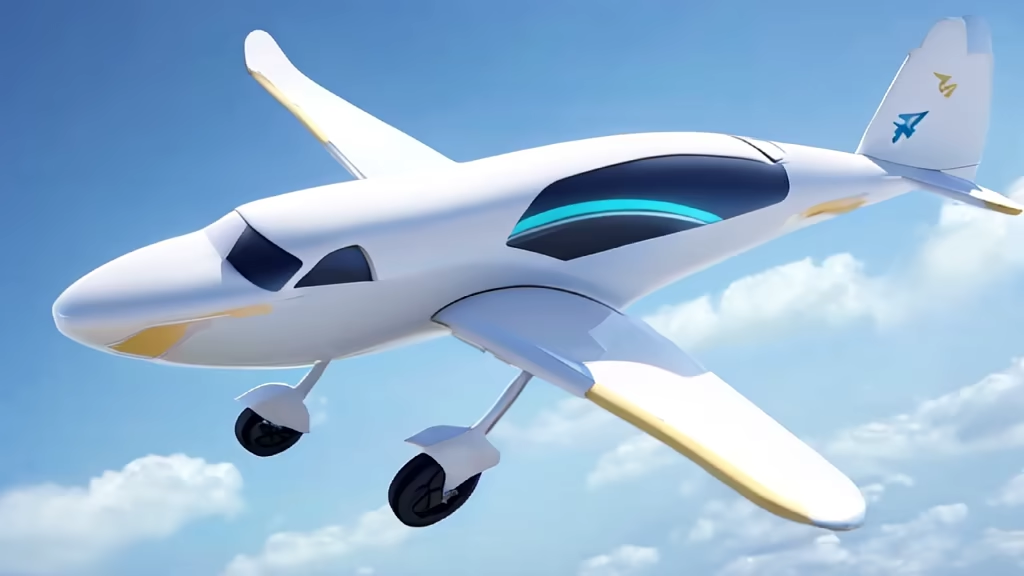

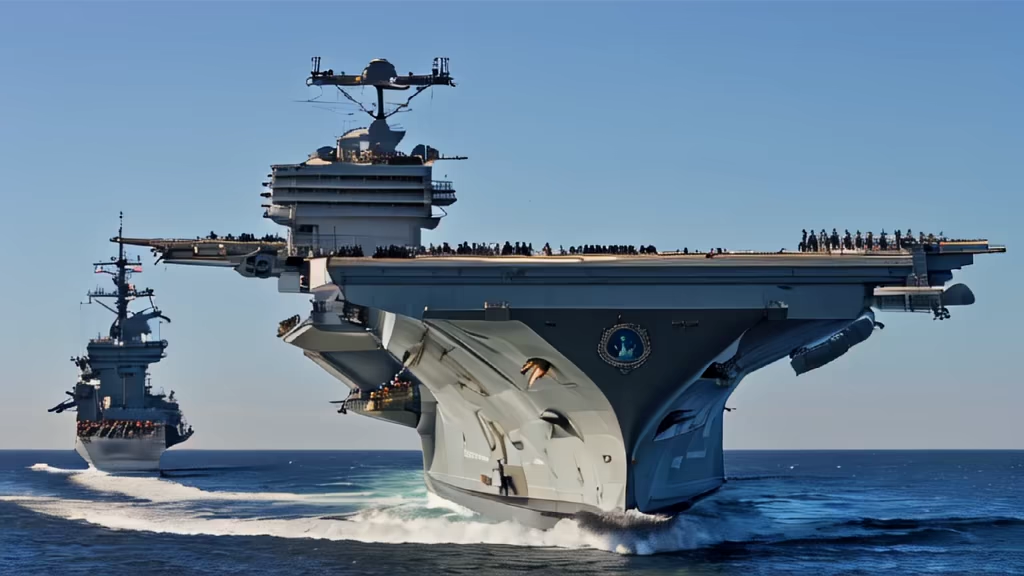
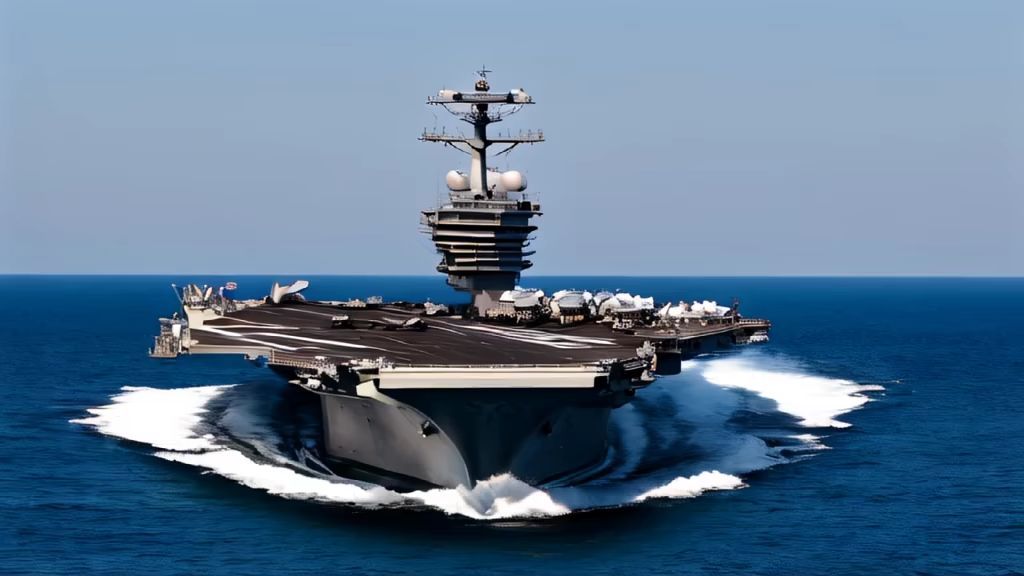
Prompt: Dark and eerie atmosphere, realistic pencil drawing, intricate details in the shadows, by Albrecht Dürer or Michelangelo, intense emotion on the person's face as they struggle to escape the maze of shadows.




Prompt: Japanese anime, 2D, manga, ancient Chinese dragon, full body flame, lava in crater, foot, 4K, vista, Behance
Negative: Blurred, winged, not frontal
Style: Anime
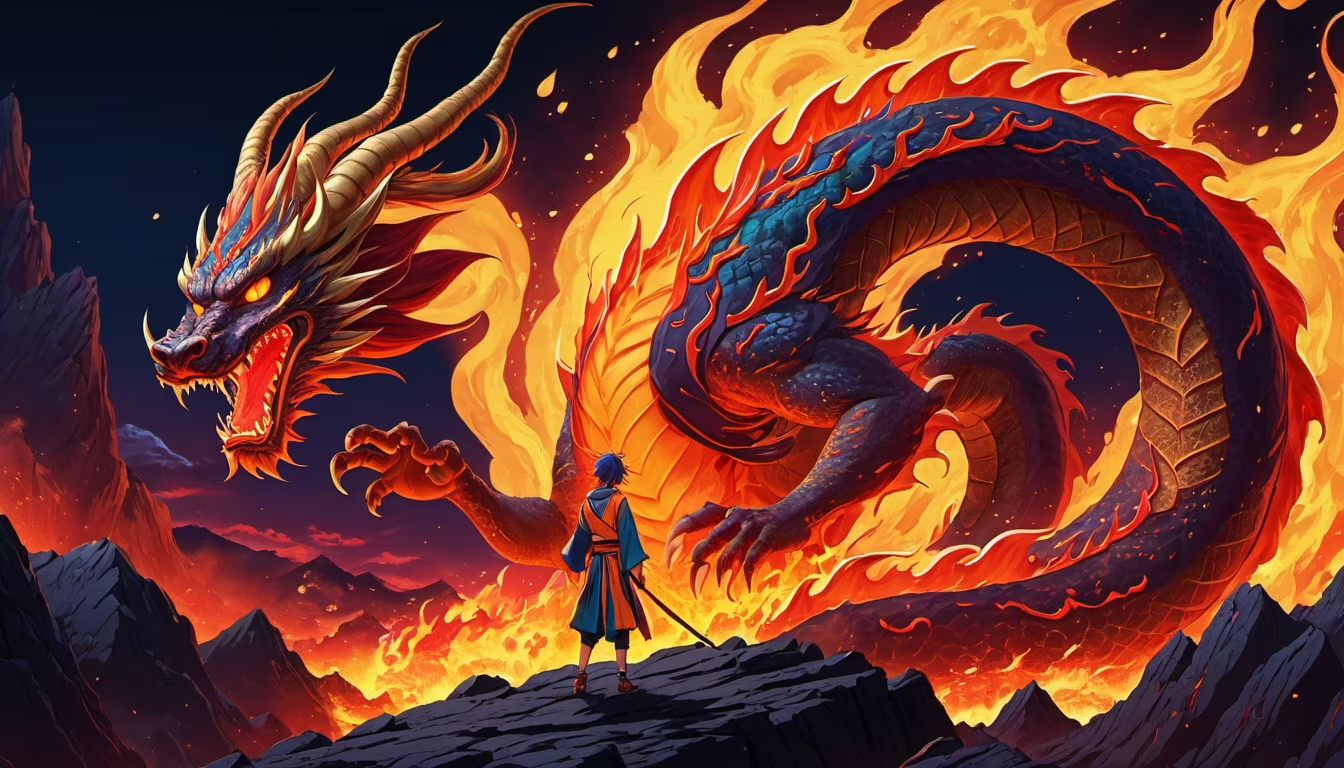




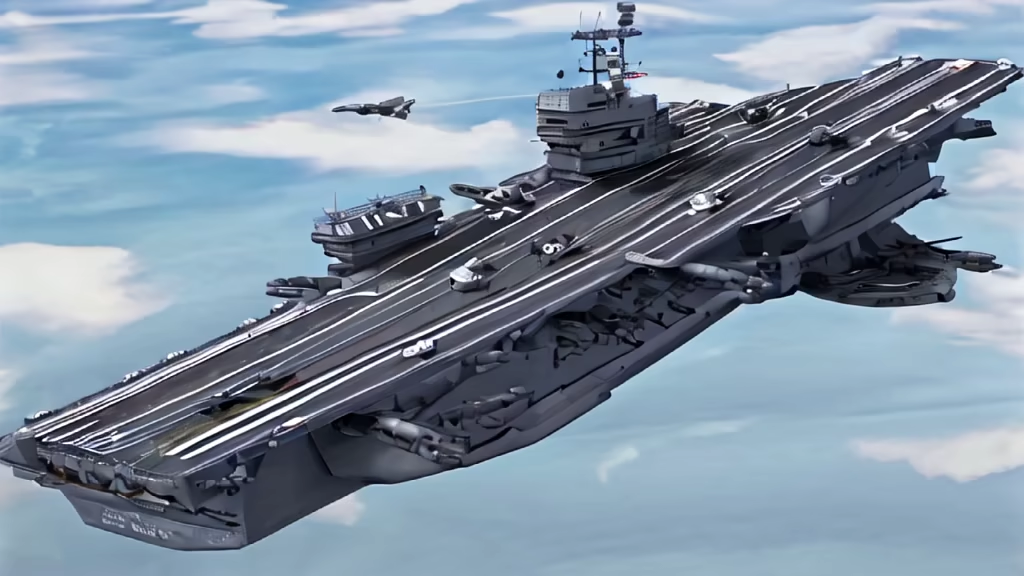
Prompt: The sixth-generation aircraft in Japan incorporates anti-gravity devices, resulting in an exceptionally futuristic aerodynamic design.

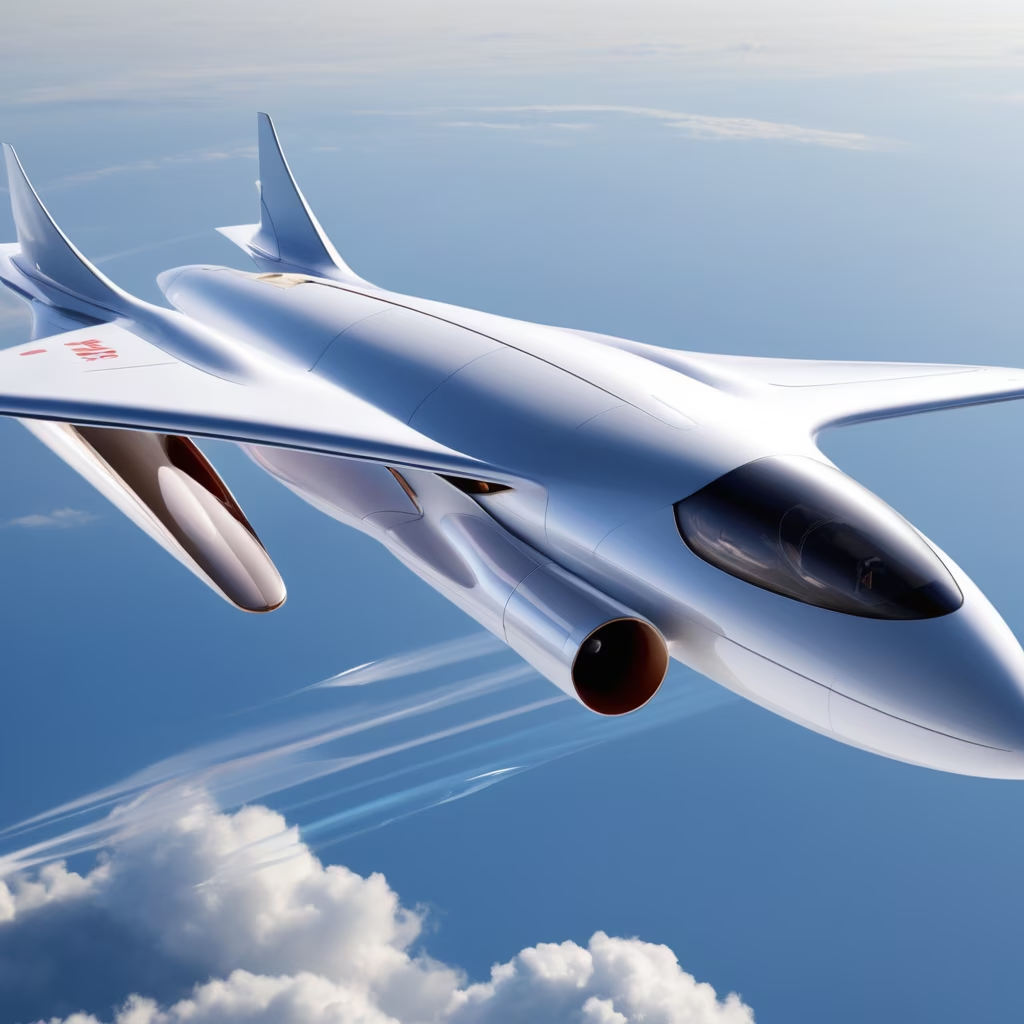








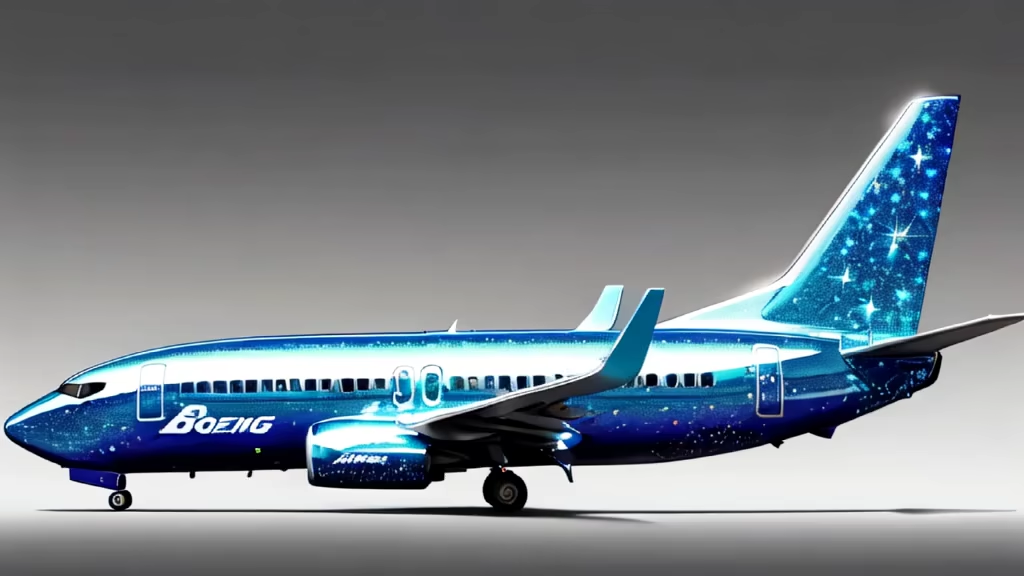


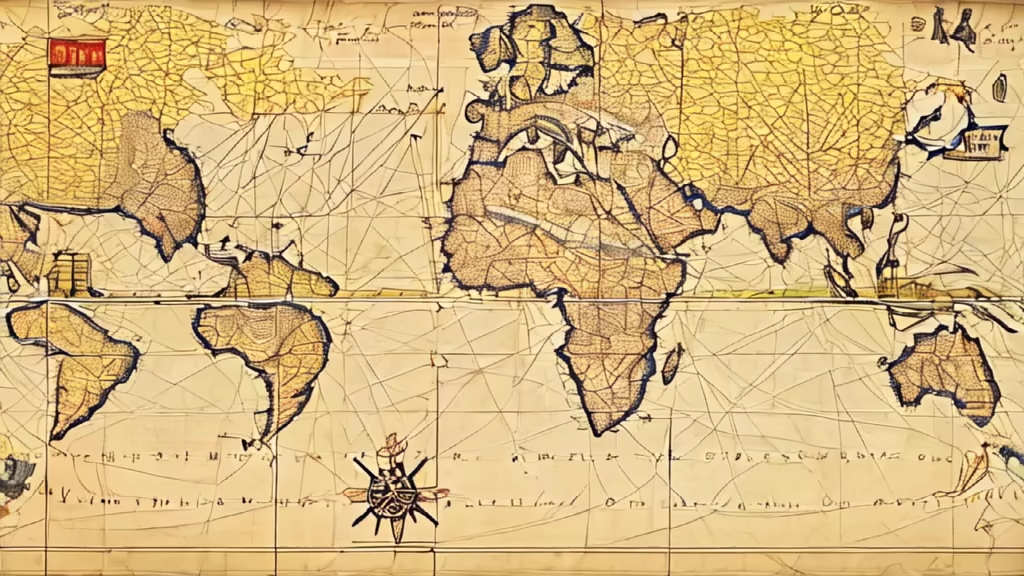
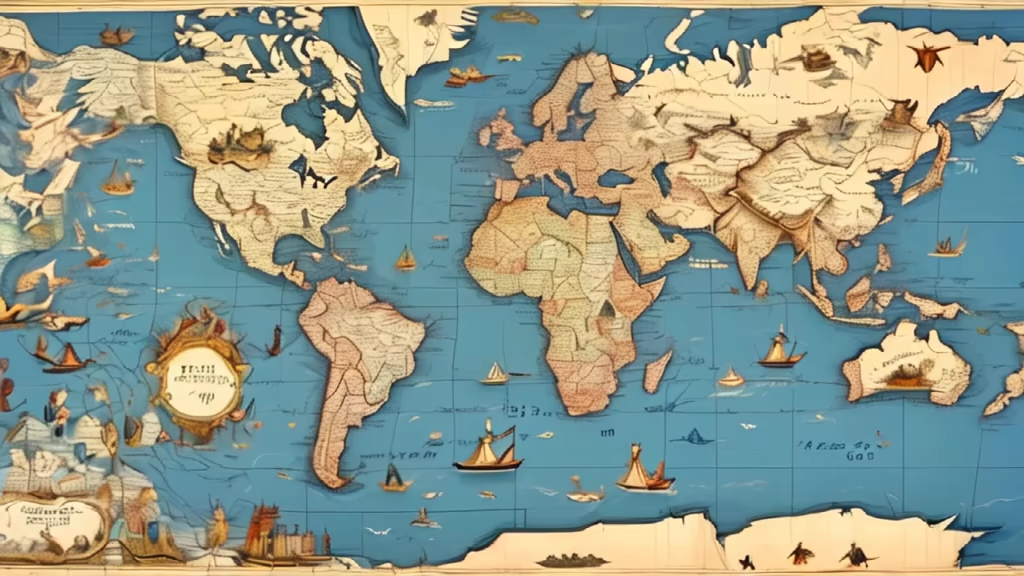
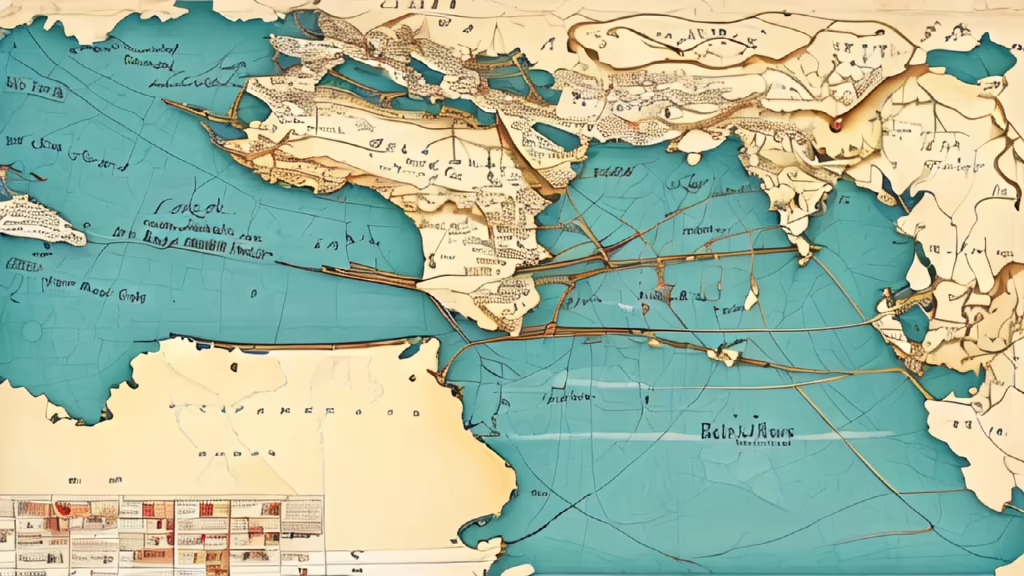
Prompt: Highly detailed oil painting, inspired by the works of Vincent Van Gogh and Edvard Munch, intense fiery colors that evoke strong emotions, silhouettes of people in agony against a burning sky, intricate brush strokes and textures that bring the scene to life. A powerful representation of human emotion and turmoil.






Prompt: https://www.google.com/url?sa=i\u0026url=https%3A%2F%2Fwallpapercave.com%2Fprivate-jet-wallpapers\u0026psig=AOvVaw0wJJIgSejgo39GJ8RwTFfs\u0026ust=1702415071153000\u0026source=images\u0026cd=vfe\u0026opi=89978449\u0026ved=0CBIQjRxqFwoTCKD95b-kiIMDFQAAAAAdAAAAABAD make it a private jet, in green looking very expensive, islamic calligraphy gold, extremely realistic, opened door, stairs are on the door no people, the privat jet is stylised in a very modern and expensive. The lobby is very dark and gloomy. A couple of people waiting forI want a private jet, in green looking very expensive, islamic calligraphy gold, extremely realistic, opened door, stairs are on the door no people, the privat jet is stylised in a very modern and expensive. There has been a renaissance of art in painting of the mountainsI want a private jet, in green looking very expensive, islamic calligraphy gold, extremely realistic, opened door, stairs are on the door no people, the privat jet is stylised in a very modern and expensive. I want a private jet, in green looking very expensive, islamic calligraphy gold, extremely realistic, opened door, stairs are on the door no people, the privat jet is stylised in a very modern and expensive. ultra high detail,I want a private jet, in green looking very expensive, islamic calligraphy gold, extremely realistic, opened door, stairs are on the door no people, the privat jet is stylised in a very modern and expensive. The private jets have a long view but with extreme light reflections very realistic, theyI want a private jet, in green looking very expensive, islamic calligraphy gold, extremely realistic, opened door, stairs are on the door no people, the privat jet is stylised in a very modern and expensive. The name of the aircraft is \"private jet\" and the name ofstyle:3D Model


Prompt: Fine brushwork flat illustration,Tang Dynasty Market, graphic design, simple details, solid color blocks, artistic, high-definition, high image quality,




Prompt: The medieval version of modern's cargo ships, medieval aesthetic, fantasy, sea
Negative: Land


Prompt: Design and Model: The aircraft would typicallyor bomber model such as the P-51 Mustang, B-17 Flying Fortress, or B-24 Liberator. while bombers were larger, multi-crew machines. Livery and Markings: These airplanes often had olive drab or silver aluminum fuselages. They featured specific insignias like the white star in a blue roundel, often with white bars extending from the sides. Squadron markings and individual aircraft identification numbers were also common. Armament: Fighter planes were equipped with machine guns or cannons, usually mounted on the wings. Bombers had multiple gun turrets for defense against enemy fighters, in addition to their bomb load. Propulsion: Most of these planes were propeller-driven. Fighters had single engines, while bombers had multiple engines (usually four). The propellers were typically three-bladed and made of metal. Cockpit and Canopy: The cockpits were relatively small with limited visibility. The canopy on fighters was often a teardrop shape, while bombers had larger, more complex cockpit structures. Wings and Tail: Fighters had distinct, often elliptical wing shapes for maneuverability, while bombers had larger, straighter wings for stability and payload capacity. The tail design varied, but vertical and horizontal stabilizers were prominent features. Size and Build: Fighters were compact and agile, built for speed and maneuverability. Bombers were much larger, designed for long-range missions and heavy bomb loads. Historical Significance: These aircraft played crucial roles in various theaters of the war, from the European to the Pacific fronts. They were instrumental in air superiority, ground support, and strategic bombing campaigns.
Style: Line Art
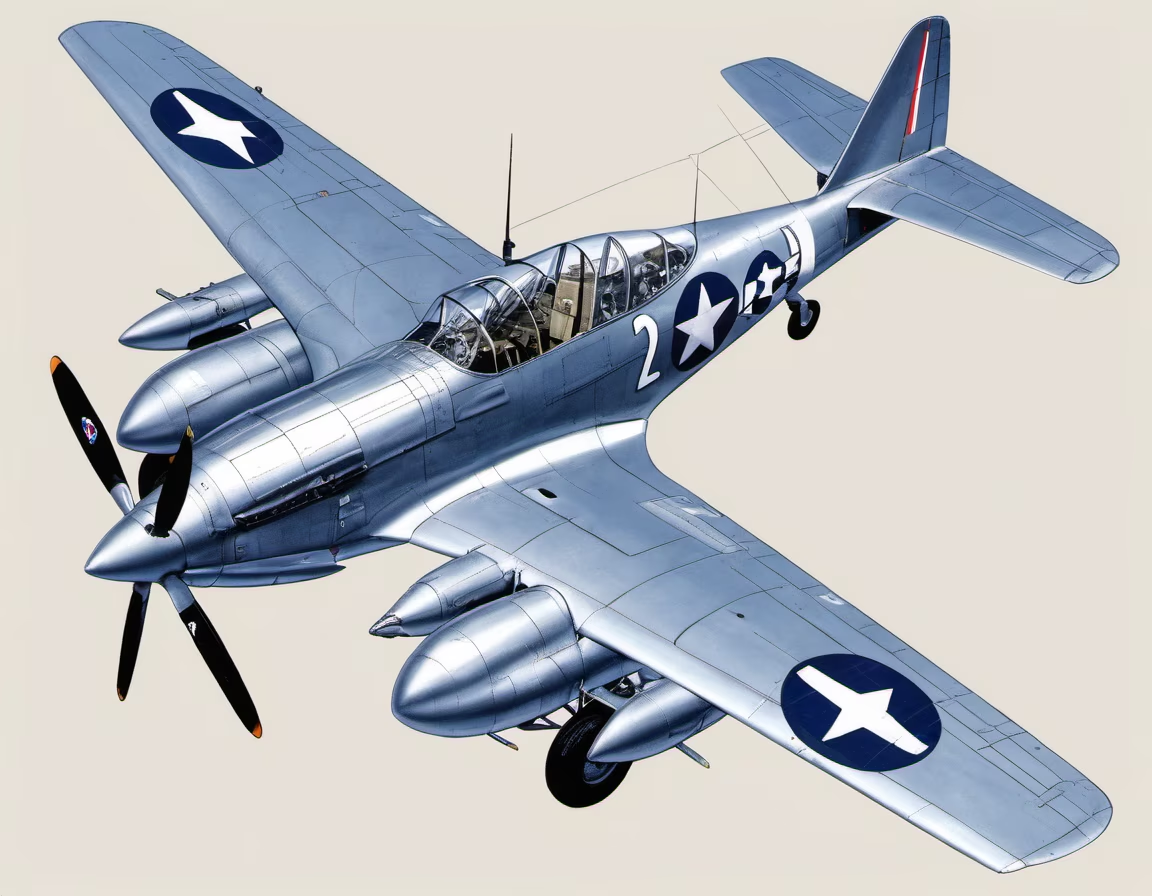



Prompt: Design a future fighter jet concept with a strong emphasis on aerodynamics, featuring no wings and utilizing anti-gravity devices.

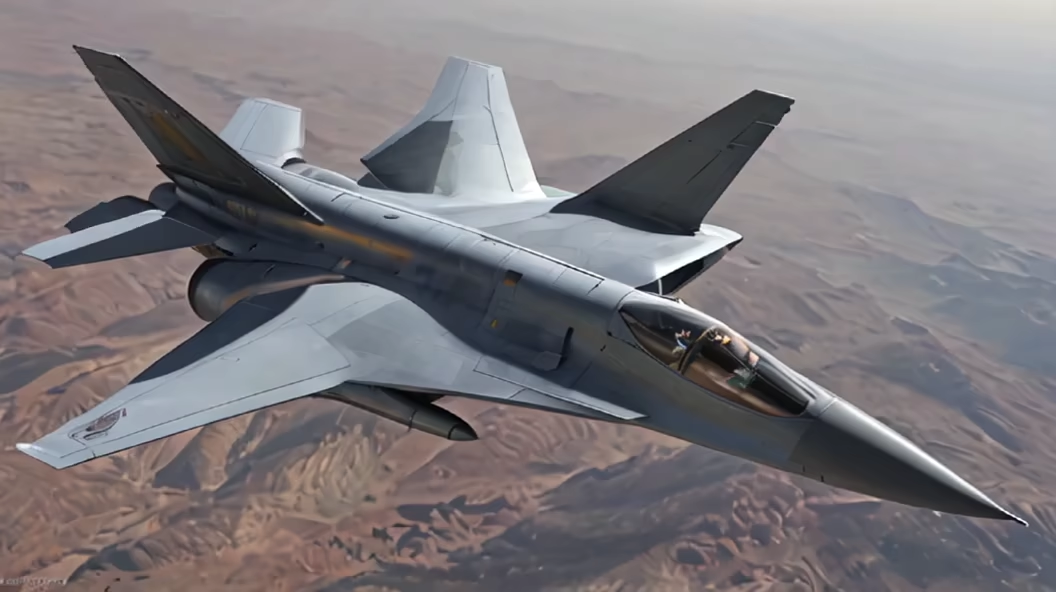




Prompt: A seamless takeoff scene, the aircraft smoothly ascends, showcasing normal flight operations, creating a serene atmosphere.




Prompt: A seamless takeoff scene, the aircraft smoothly ascends, showcasing normal flight operations, creating a serene atmosphere.
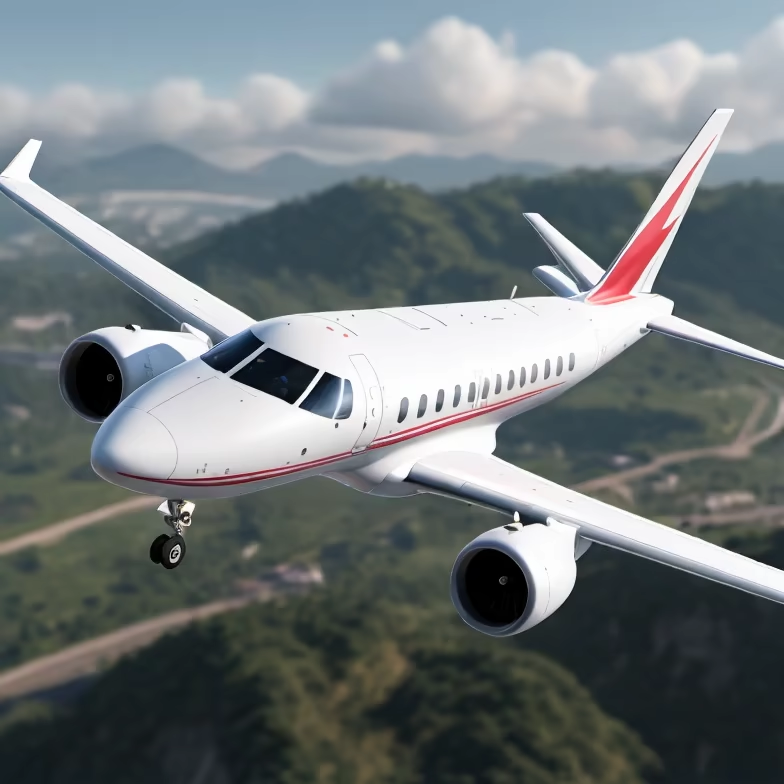
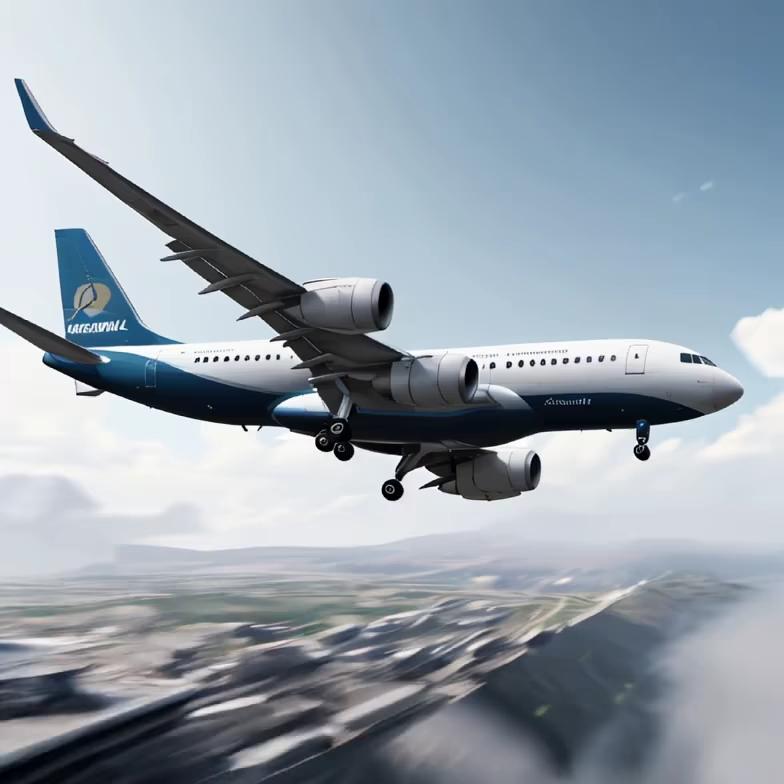
Prompt: A seamless takeoff scene, the aircraft smoothly ascends, showcasing normal flight operations, creating a serene atmosphere.


Prompt: A seamless takeoff scene, the aircraft smoothly ascends, showcasing normal flight operations, creating a serene atmosphere.
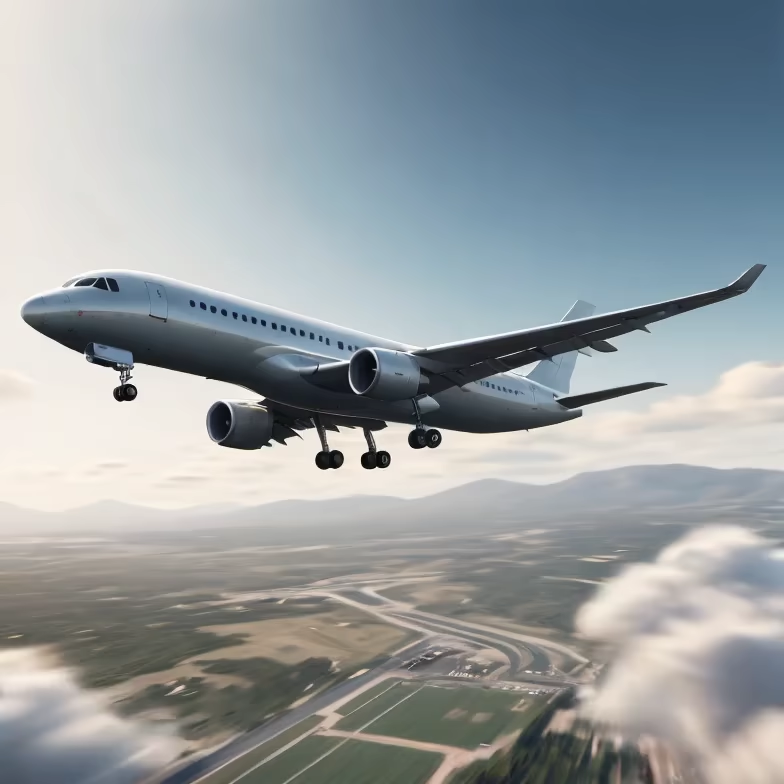
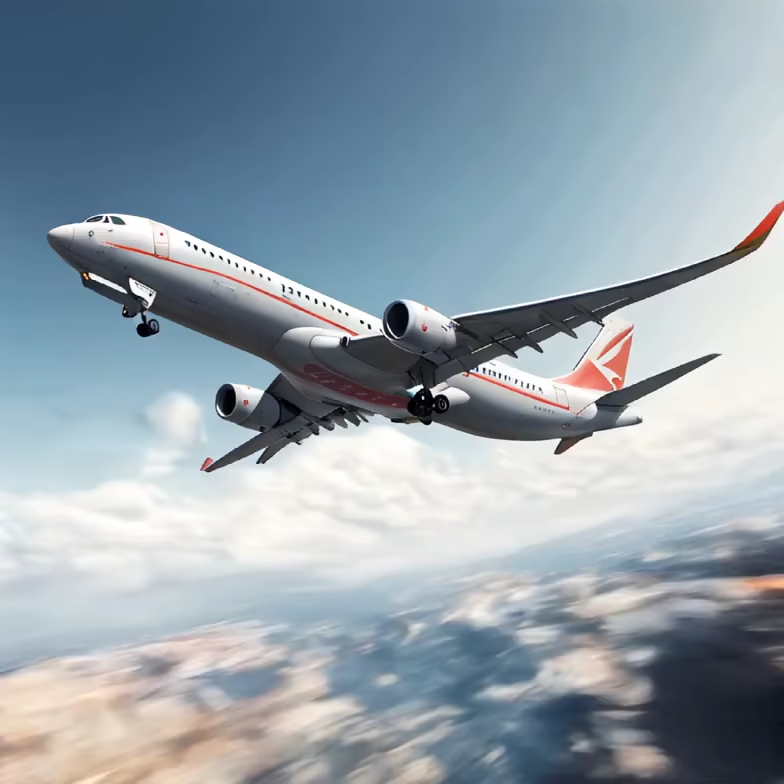






Prompt: Sleek Futuristic Attack Airship
Negative: Unrealistic, Dull, Not Interesting, Comic Book, Story Book, Airbrushed, Blurry, Cartoon, Line Art, Noise, Random, Blimp




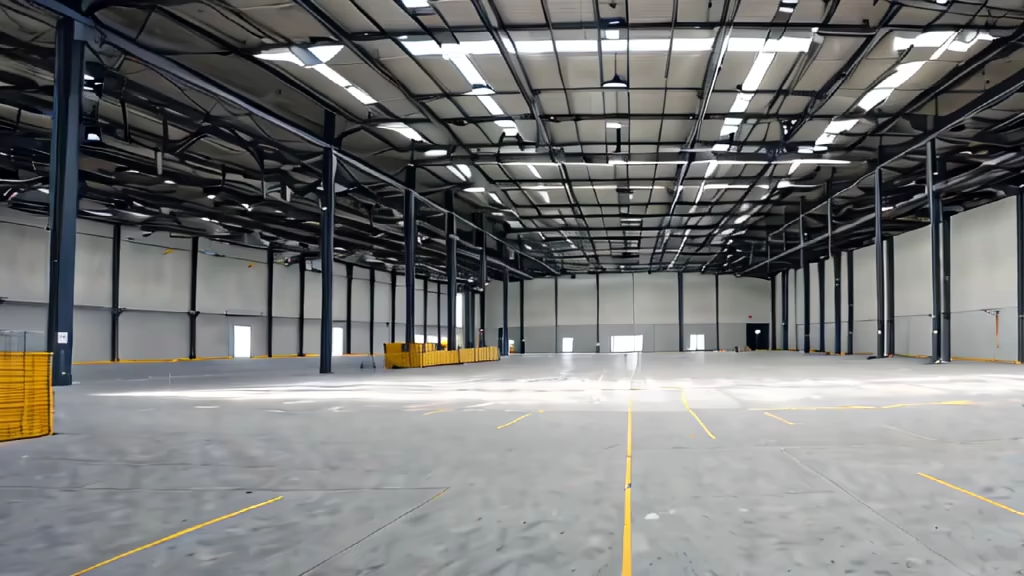
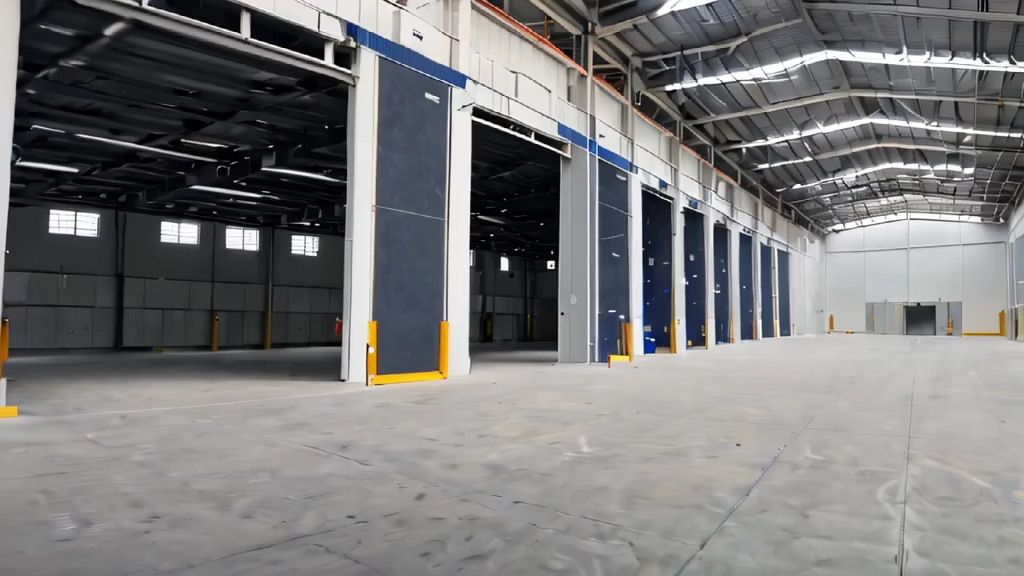
Prompt: Futuristic Attack Airship
Negative: Unrealistic, Dull, Not Interesting, Comic Book, Story Book, Airbrushed, Blurry, Cartoon, Line Art, Noise, Random, Blimp
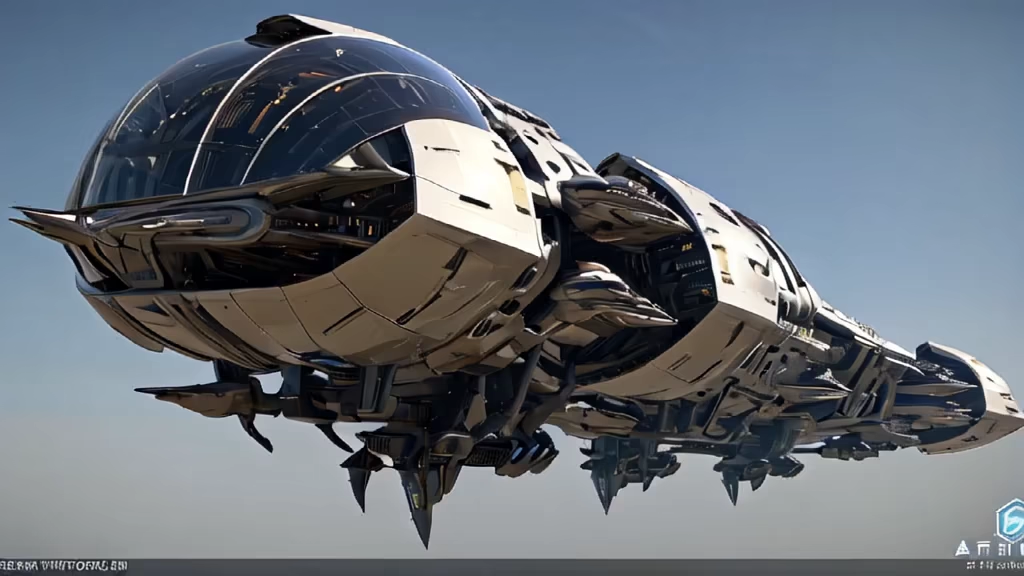







Prompt: Design and Model: The aircraft would typically be a fighter or bomber model such as the P-51 Mustang, B-17 Flying Fortress, or B-24 Liberator. Fighters were sleek, single-seat aircraft, while bombers were larger, multi-crew machines. Livery and Markings: These airplanes often had olive drab or silver aluminum fuselages. They featured specific insignias like the white star in a blue roundel, often with white bars extending from the sides. Squadron markings and individual aircraft identification numbers were also common. Armament: Fighter planes were equipped with machine guns or cannons, usually mounted on the wings. Bombers had multiple gun turrets for defense against enemy fighters, in addition to their bomb load. Propulsion: Most of these planes were propeller-driven. Fighters had single engines, while bombers had multiple engines (usually four). The propellers were typically three-bladed and made of metal. Cockpit and Canopy: The cockpits were relatively small with limited visibility. The canopy on fighters was often a teardrop shape, while bombers had larger, more complex cockpit structures. Wings and Tail: Fighters had distinct, often elliptical wing shapes for maneuverability, while bombers had larger, straighter wings for stability and payload capacity. The tail design varied, but vertical and horizontal stabilizers were prominent features. Size and Build: Fighters were compact and agile, built for speed and maneuverability. Bombers were much larger, designed for long-range missions and heavy bomb loads. Historical Significance: These aircraft played crucial roles in various theaters of the war, from the European to the Pacific fronts. They were instrumental in air superiority, ground support, and strategic bombing campaigns.
Style: Line Art










